Ghoulish Greenhouse
Our greenhouses, located on the roof of the Hall of Science, are home to plants from all over the world. This Halloween season we wanted to highlight some of our more ghastly residents.
Here are 5 Spooky Plants from the greenhouses in all of their haunting glory:
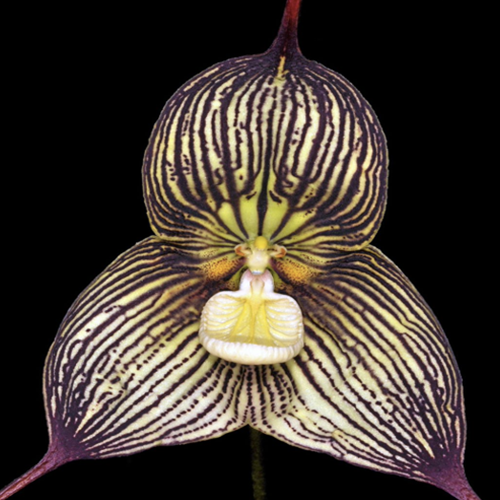
Dracula Orchid
Dracula is a genus of orchids native to Mexico and Central and Southern America.
Their name and cloak-like appearance make them the perfect plant mascot for Halloween.
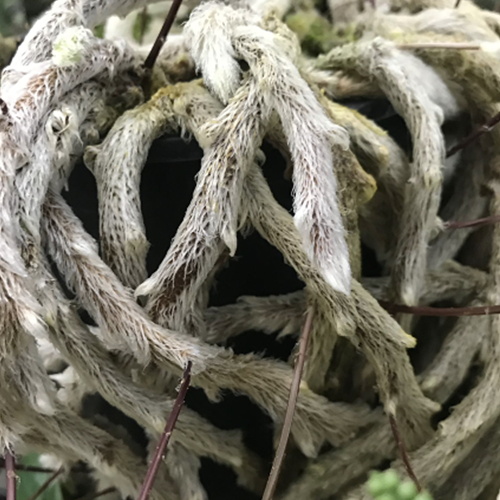
Tarantula Fern
Hidden beneath the elegant foliage of Davallia mariesii are a mass of thick, tangled rhizomes covered in fine hairs not unlike the legs of terrifying tarantulas. There’s no denying the resemblance.
This may be why an alternative common name, Rabbit’s Foot fern, was adopted – a reference adapted to counter the creeps of this fern’s spooky legs!
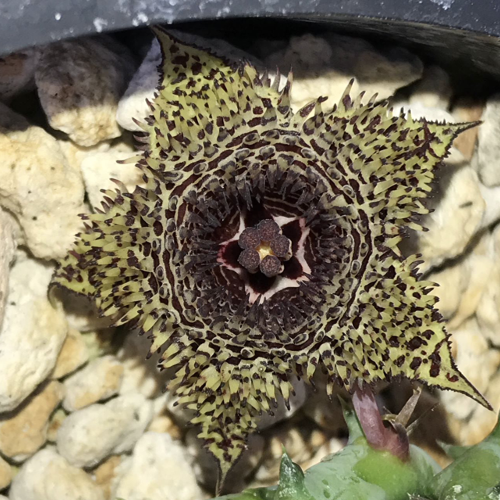
Carrion Flowers
These type plants that develop a putrid smelling, diseased-flesh looking flowers attract flies to facilitate pollination.
Many of these plants develop flowers that are covered with fine hairs to mimic fly hairs or hairy fungi that digest flesh.
Hair-raising, dark warts are also a common feature.
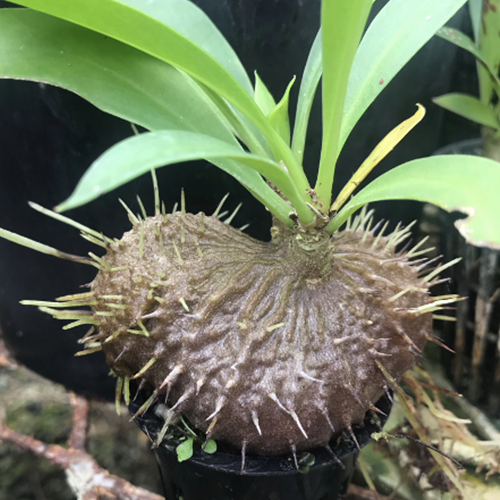
Ant Plants
Myrmecodia platytyrea are quite unique. They inhabit tree trunks and, less often, rockface and rock crevices.
A fleshy storage stem and modified roots that look like blood-sucking tendrils earn this plant its place amongst the more creepy, cringe-worthy in the greenhouse.
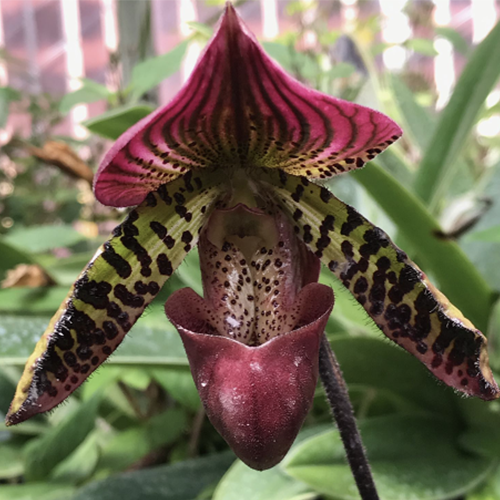
Slipper Orchids
Paphiopedilum spp. and Phragmipedium spp. are strikingly elegant orchids.
While some produce flowers that are quite showy, others are dark-veined, almost black, and may be covered in fine hairs and warts.
These orchids lure, intoxicate, and imprison bees – but they don’t kill them. Rather, they’re forced to carry pollen from one flower to another as a rather intricate strategy for reproduction.
Photos and captions provided by Brian Thorson, Department of Biological Sciences Greenhouse Technician





